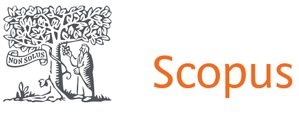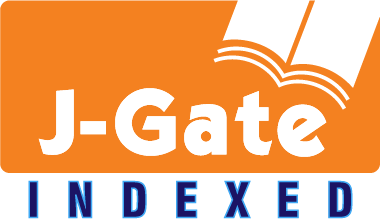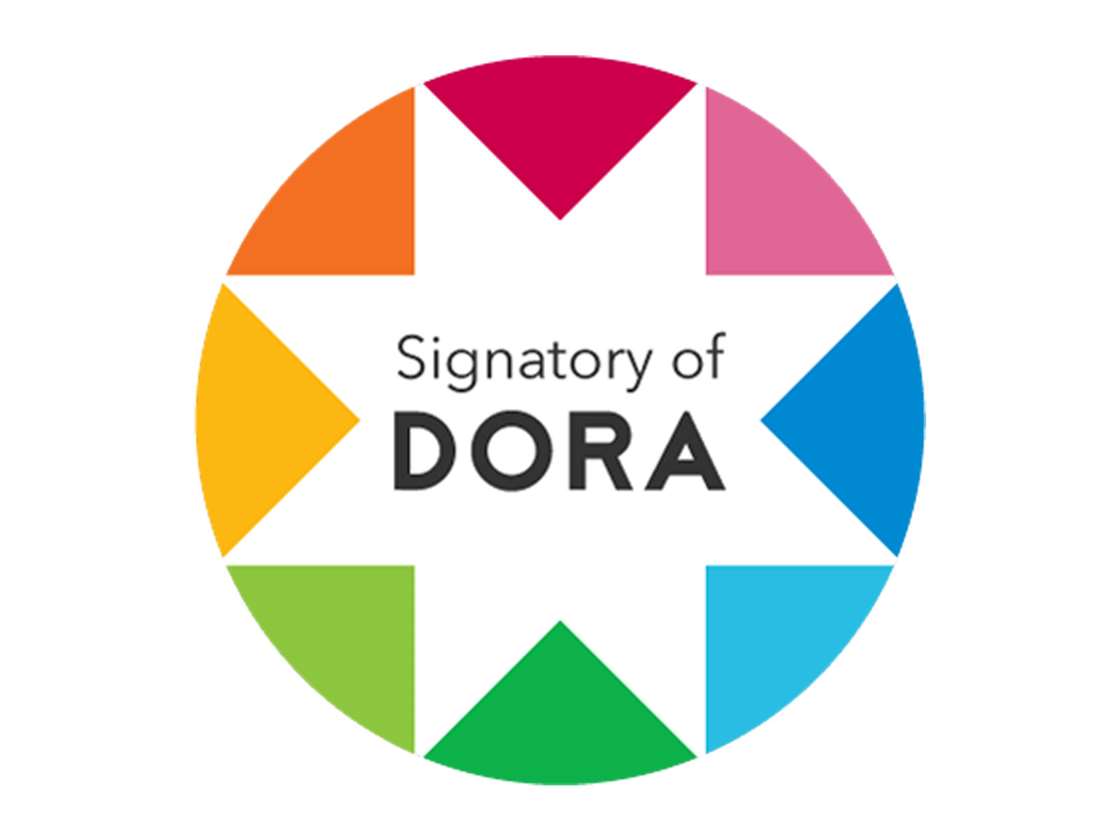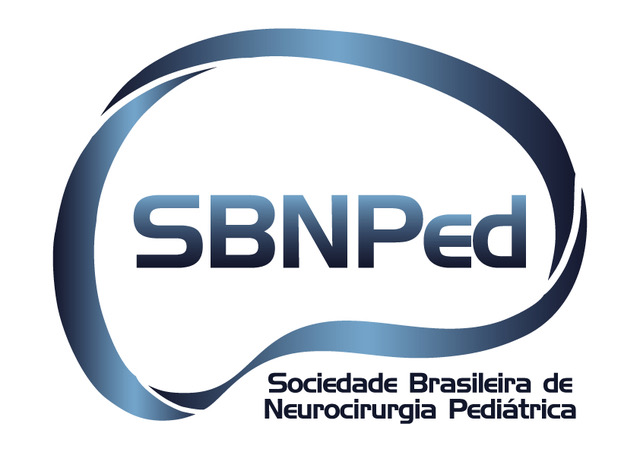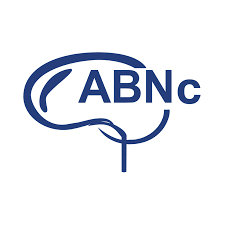Response to: Access to Pediatric Neurosurgery in Peru: A Call to Action
DOI:
https://doi.org/10.46900/apn.v7i2.303Keywords:
CommentaryAbstract
Practicing medicine in South American countries presents significant challenges due to limited budgets and high population demand. I have visited Peru multiple times, and on several occasions, I had the privilege of accompanying Dr. Zopfi, Dr. Posadas, and others on hospital visits and surgeries. I witnessed the struggles families face in seeking funds to purchase shunts for patients with hydrocephalus, as well as the need for essential medications like antibiotics. Over the last 24 years, the situation appears to have improved slightly, but there is still a shortage of medical supplies necessary to effectively serve the population.
In Peru, there are several types of health insurance plans available. Private health insurance plans are offered to a small percentage of the population. E-Salud is available for registered workers, while the Seguro Integral de Salud (SIS) provides coverage to approximately 70% of the population, similar to Brazil's SUS system.
Additionally, I believe that the claim stating there are only four pediatric neurosurgeons in Peru is outdated. Currently, more than 20 pediatric neurosurgeons are practicing at various institutions, including Hospital Del Niño, Centro Medico Del Niño, and Hospital Rebagliatti, among others.
Since 2000, the Pediatric Chapter of FLANC, now known as ASOLANPED, has organized several courses in various cities, including Lima, Trujillo, Cuzco, and Cajamarca, often with support from GLEN and ISPN.
In 2003, the International Association of Child Neurosurgery (INCA) was established as a US foundation to support pediatric neurosurgery in Peru. Their missions in Lima at the Hospital María Auxiliadora have resulted in numerous brain surgeries for children. Between 2004 and 2006, INCA provided training and equipment to develop a program in microsurgical techniques, neuroendoscopy, and minimally invasive neurosurgery. This support has contributed to a reduction in the number of shunt implants by implementing neuroendoscopic surgeries for treating hydrocephalus.
The Peruvian Society of Neurosurgery engages in exchanges with various societies worldwide. In South America, Peruvian professionals participate as both students and instructors in the Latin American Course of Pediatric Neurosurgery, which is organized annually by ASOLANPED and SBNPed.
In conclusion, the field of pediatric neurosurgery in Peru consists of well-trained and competent professionals who strive to perform their duties to the best of their abilities, despite facing challenges related to modern supplies and equipment.
Downloads
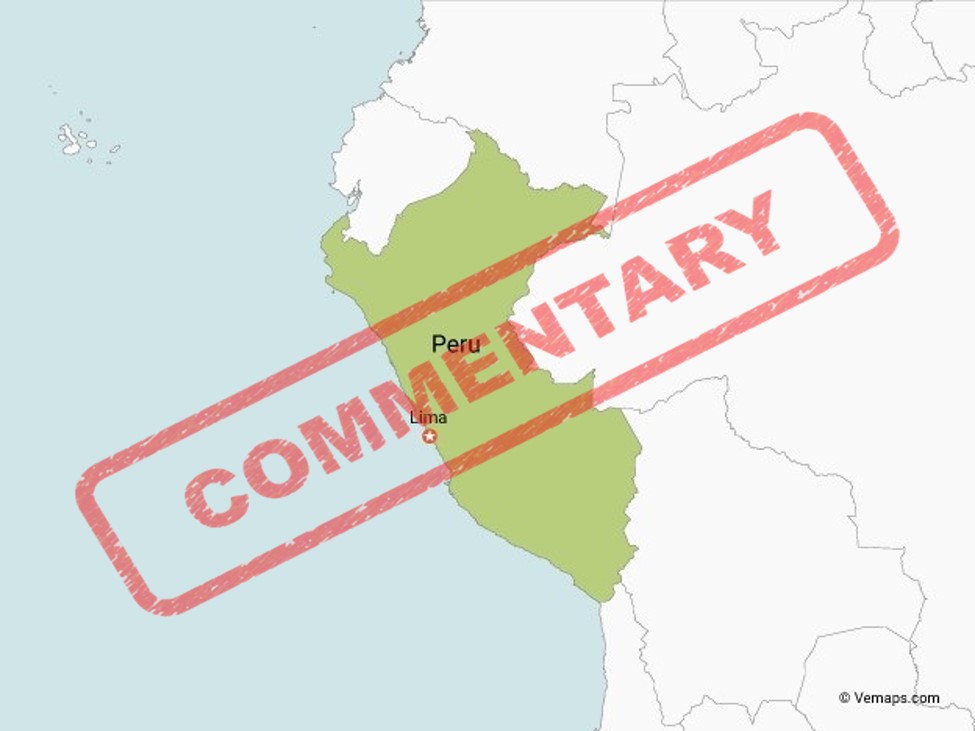
Downloads
Published
How to Cite
Issue
Section
License
Copyright (c) 2025 Artur Henrique Galvao Bruno Da Cunha

This work is licensed under a Creative Commons Attribution 4.0 International License.

When publishing in Archives of Pediatric Neurosurgery journal, authors retain the copyright of their article and agree to license their work using a Creative Commons Attribution 4.0 International Public License (CC BY 4.0), thereby accepting the terms and conditions of this license (https://creativecommons.org/licenses/by/4.0/legalcode).
The CC BY 4.0 license terms applies to both readers and the publisher and allows them to: share (copy and redistribute in any medium or format) and adapt (remix, transform, and build upon) the article for any purpose, even commercially, provided that appropriate credit is given to the authors and the journal in which the article was published.
Authors grant Archives of Pediatric Neurosurgery the right to first publish the article and identify itself as the original publisher. Under the terms of the CC BY 4.0 license, authors allow the journal to distribute the article in third party databases, as long as its original authors and citation details are identified.









